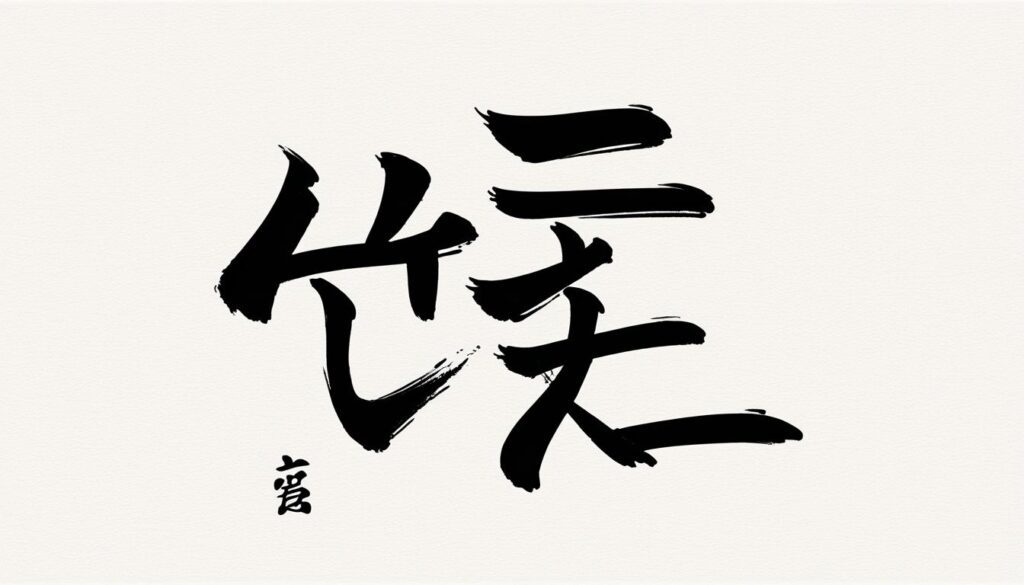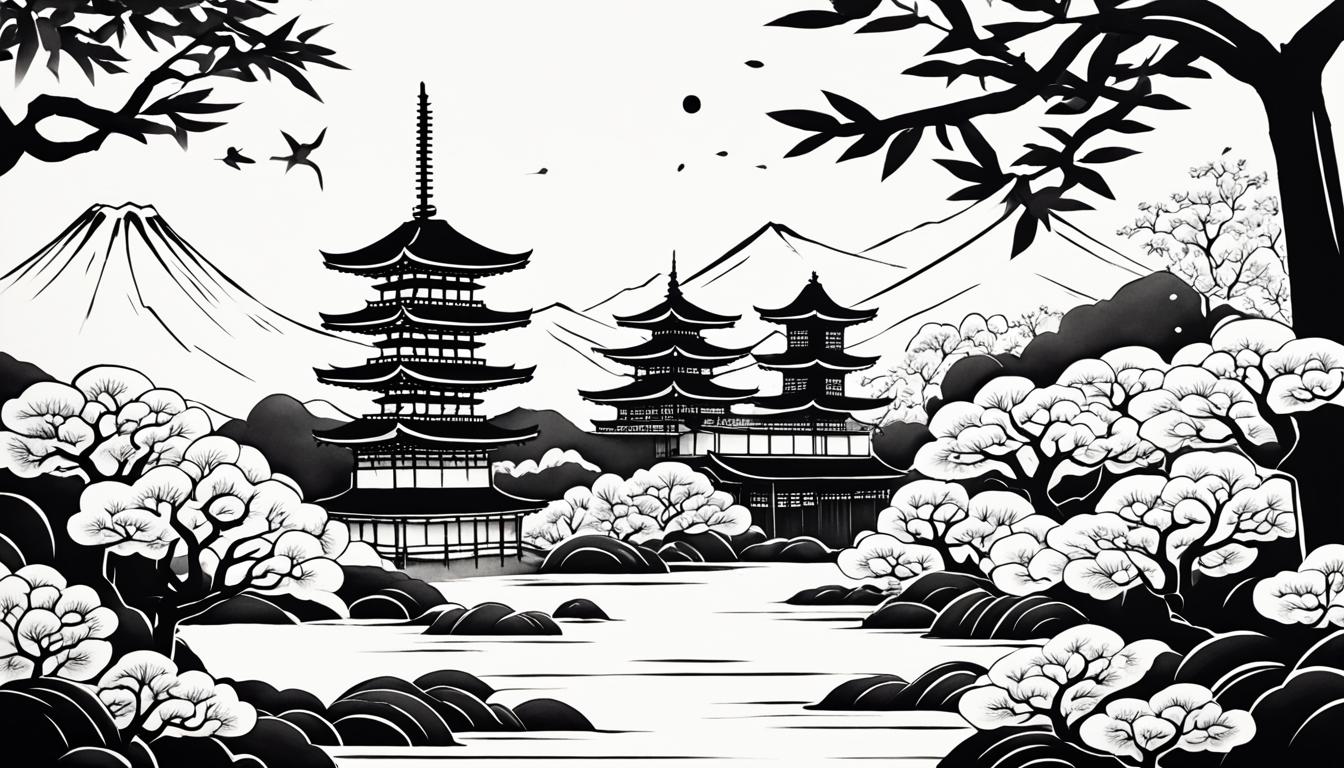Welcome to our quick translation guide on how to say “black” in Japanese. In this article, we will explore the meaning, grammar, pronunciation, and cultural usage of this word in the Japanese language. Whether you are a language learner, a traveler visiting Japan, or simply curious about Japanese culture, understanding how to say “black” in Japanese is an essential part of expanding your language skills and knowledge.
Before we dive into the details, let’s start with the basics. In Japanese, the word for black is represented by the kanji character “黒” (kuro). It is pronounced as “kuro” and commonly used to describe the color black in various contexts. This is the most common and widely used word for black in Japanese.
If you’re interested in exploring other words and expressions related to black in Japanese, such as different shades or intensities of black, we’ve got you covered. Keep reading to discover more about how to describe black objects, the cultural significance of black in Japanese culture, and even how to write the kanji for “black” in Japanese.
So, let’s get started on our journey to learn “black” in Japanese!
Nouns and Adjectives for Black in Japanese
When it comes to describing objects or the color black in Japanese, there are specific nouns and adjectives you can use. Let’s explore these words that will help you effectively express black in Japanese:
- Noun for black: 黒色 (kuro-iro) or 黒 (kuro)
- Adjective for black: 黒い (kuroi)
The noun “黒色” (kuro-iro) and the simpler form “黒” (kuro) are used to describe anything that is black in color. You can use these words to refer to black clothes, black cars, black animals, and more.
As for adjectives, you can use “黒い” (kuroi), which means black, to describe objects. For example, you can say “黒い猫” (kuroi neko) for a black cat or “黒い車” (kuroi kuruma) for a black car.
By incorporating these nouns and adjectives into your Japanese vocabulary, you’ll be able to accurately describe and discuss black objects with ease.
Cultural Significance and Symbolism of Black in Japanese Culture
In Japanese culture, the color black holds various meanings and symbolism. It is often associated with darkness, mystery, and elegance. In traditional Japanese arts and aesthetics, the use of black is considered essential for expressing subtlety and depth. For example, in calligraphy and ink painting, black ink (sumi) is used to create dramatic and expressive brushwork. In fashion, black is often associated with formality and sophistication, and is commonly worn for formal occasions or business settings. Additionally, black is sometimes associated with death and mourning in Japanese culture.
Other Shades and Related Words for Black in Japanese
In addition to the basic word for black, there are other shades and related words in Japanese that are associated with darkness or the color black. These include “闇” (yami), which means darkness or gloom, and “漆黒” (shikkoku), which means jet black. These words can be used to describe a deeper or more intense shade of black. There are also compound words that use the word black as a prefix, such as “黒石” (kokuseki) for black stone, “黒豆” (kuromame) for black beans, and “黒板” (kokuban) for blackboard.
These variations of black in Japanese provide a nuanced and vivid vocabulary for describing different shades and objects. Whether you want to describe the darkness and gloom of a night sky or the intensity of jet black, these words offer a more specific and evocative way to convey the concept of black in the Japanese language.
Learning Kanji for Black in Japanese

If you are interested in learning kanji characters for black in Japanese, you can learn the kanji character 黒 (kuro). This character represents the color black and is commonly used in various contexts.
Learning kanji can be a challenging but rewarding endeavor, and it can help you deepen your understanding of the Japanese language and culture. By learning kanji, you gain the ability to read and understand written Japanese more fluently.
There are resources available online and in textbooks that can assist you in learning kanji characters and their meanings. These resources often provide step-by-step lessons and exercises to practice writing and reading kanji.
One effective way to learn kanji is through repetition and practice. It’s recommended to set aside dedicated study time each day and practice writing kanji characters regularly. Flashcards can also be a helpful tool for memorizing kanji and their meanings.
When learning kanji, it’s important to pay attention to stroke order. Each kanji character is written with a specific stroke order, and following the correct stroke order helps in proper character formation and recognition.
Additionally, studying kanji radicals can be beneficial. Radicals are sub-components of kanji characters, and understanding their meanings and variations can help in recognizing and understanding more complex kanji characters.
Remember, learning kanji is a gradual process, and it’s alright to start with basic characters and slowly build your knowledge. Enjoy the journey of learning kanji and see it as an opportunity to delve deeper into the beauty and richness of the Japanese language.
Resources for Learning Kanji:
| Website | Description |
|---|---|
| WaniKani | Interactive kanji learning platform with mnemonic-based lessons and spaced repetition system. |
| Renshuu | Provides kanji quizzes, flashcards, and study materials for learners at various levels. |
| JapanesePod101 | Offers audio lessons and kanji resources for language learners. |
| Jisho | A comprehensive online Japanese dictionary with kanji search and detailed character information. |
Conclusion
Learning how to say black in Japanese is a valuable step in expanding your language skills and understanding Japanese culture. The word for black in Japanese is “黒” (kuro), and it is widely used to describe the color black in various contexts.
Additionally, there are other words and expressions related to black that can be used to convey different shades or intensities of black. Exploring the cultural significance and symbolism of black in Japanese culture can provide further insights into the rich traditions and aesthetics of Japan.
Whether you are a language learner or simply have an interest in Japanese culture, knowing how to say black in Japanese is a useful and fascinating aspect of the language.

